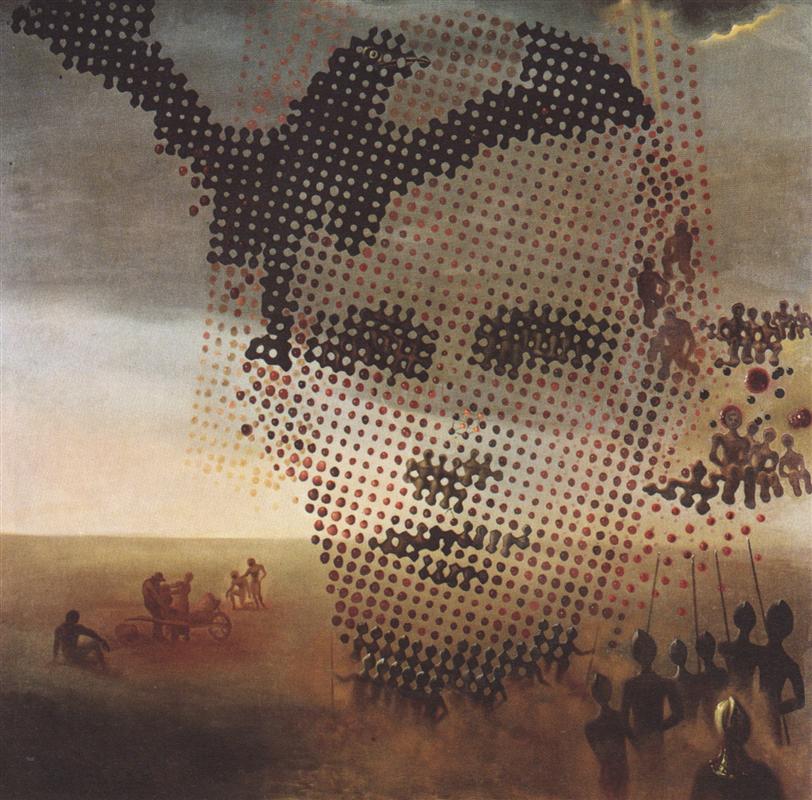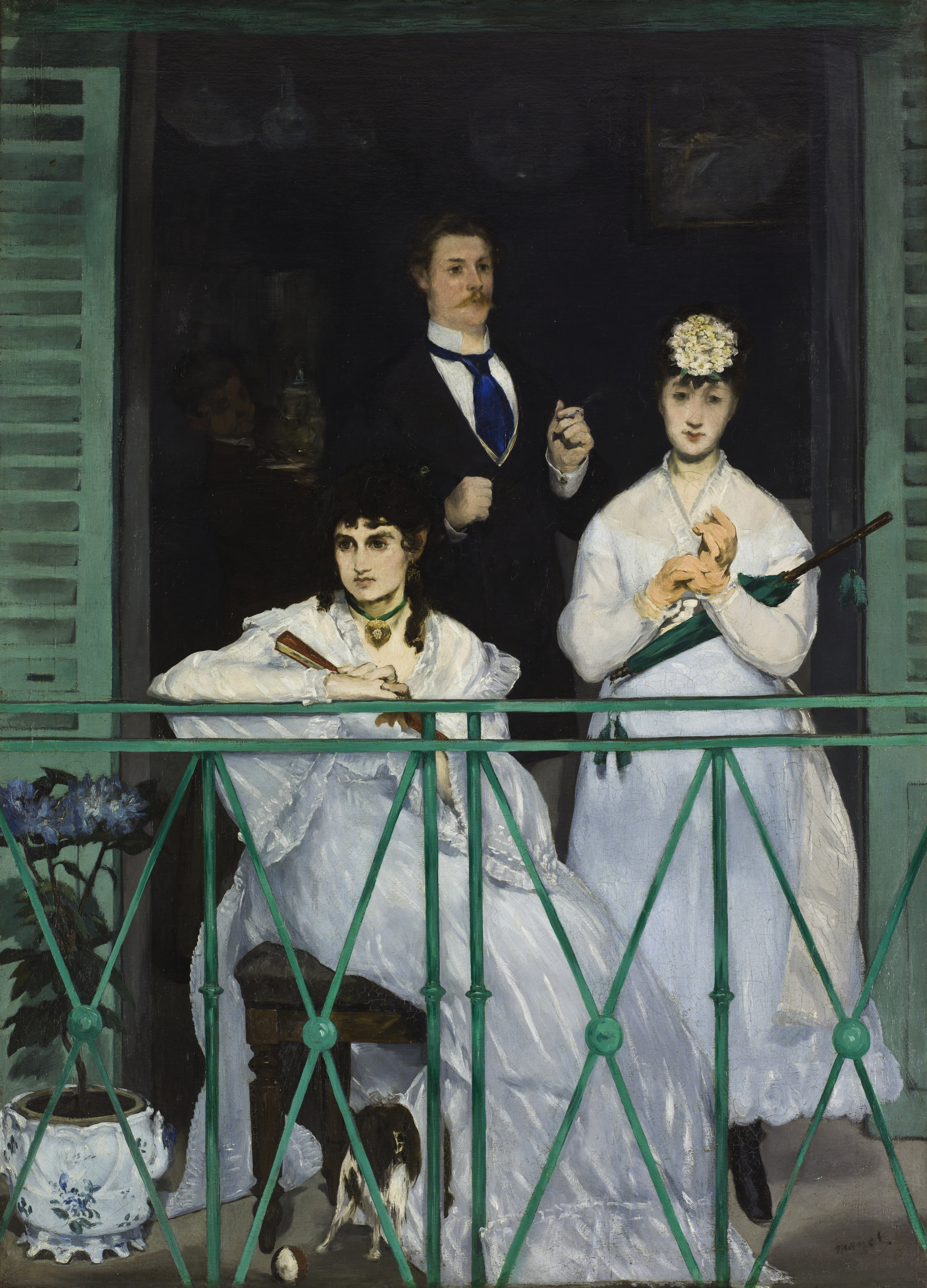Visions of Eternity
7:00 AM
Salvador Dali, Visions of Eternity, 1936
By MADELINE VASQUEZ
Salvador Dali, a Spanish surrealist painter, was known for his iconic style of incorporating cubism, impressionism, pointillism, futurism, and neo-cubism into his artwork. His use of historical, scientific, and religious themes helped create a new vision of the aspects of life through one single painting. When looking at his work, it appears imaginative and dream-like, as if being within another universe - a universe that no one knew existed. The exploration of different dimensions is clearly displayed and has sparked an interest in people to learn more about his thoughts that built the perception of the material he used. Salvador Dali went out of his way to create art that was way before his time. A form of art where imagination became reality. He allowed people to see beyond the norm of artistry.
In Visions of Eternity, Dali creates a painting of darkness and sadness that either reflects upon deeper problems within his personal life or the fathomless journey of the place people have in the world. This painting includes almost a silhouette figure sitting on top of an archway. In his paintings, a silhouette or shadow figure represents either something good, a supernatural entity, or strength, but also something wicked, influenced by struggles in life or self consciousness. Its face is blurred, as if it doesn't know its identity or feels loss of who they are or have become. Although the face isn't present, the posture gives away the feeling of heartache. The core of the figure's body is beginning to fade away and deteriorate, as if the individual has lost all hope and is falling into deep depression. Pieces of its body are on the ground in front of the figure as it stares down at them, realizing now that there is nothing that can be done. In the distance, there is another figure that almost appears skeleton-like caring a net type bag. He is being followed by blobs that appear as apparitions. The significance of this figure is that even though it is thin and empty, it's still not fully gone and is trying to find its way in life the best it can.
This work of art gives off a distressing view of life and how an individual can feel so empty inside. It displays as if death or giving up on life is better than living an eternity feeling lost and of no importance. When this painting was finished in 1936, the Spanish Civil War was happening. His sense of sadness could have been a reflection of the time of war and how corrupt the world was becoming. War was not only destroying its surrounding, but also the people involved in it.
Although Visions of Eternity is not on the joyous spectrum compared to other paintings, I chose it because it captured my attention and allowed me to relate it to my own life. I've decided to gift this painting to my father. I made the decision to give it to him because I've felt like the figure in the painting and my father has always been there to lift me up and make sure that I didn't fall apart and feel empty. There have been obstacles in life where I've had to be strong and stay positive. Without the help of my father, it would have been much harder to make it through. So, I give this painting to my father, thanking him for helping me through the hardships life throws at us all.











0 comments